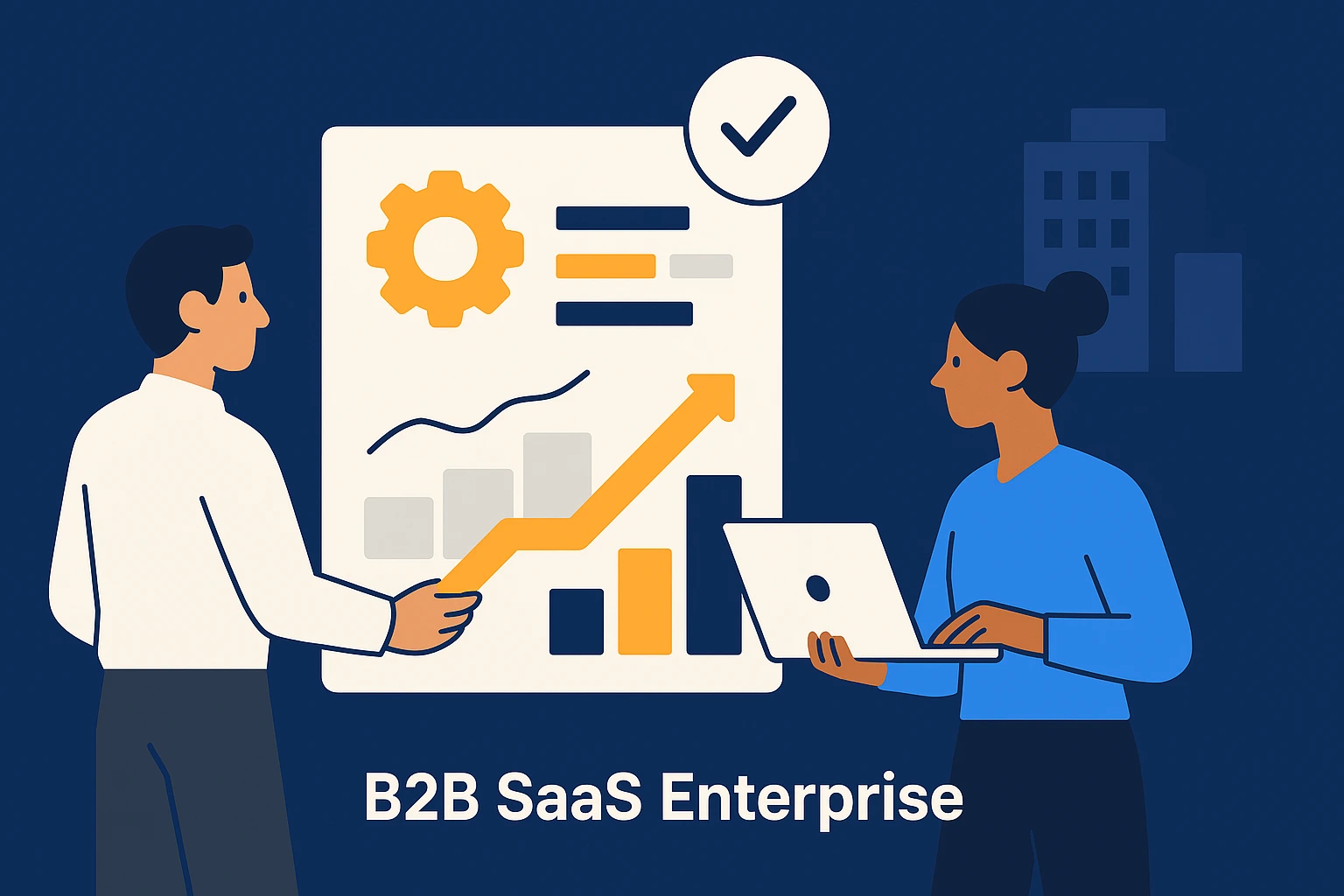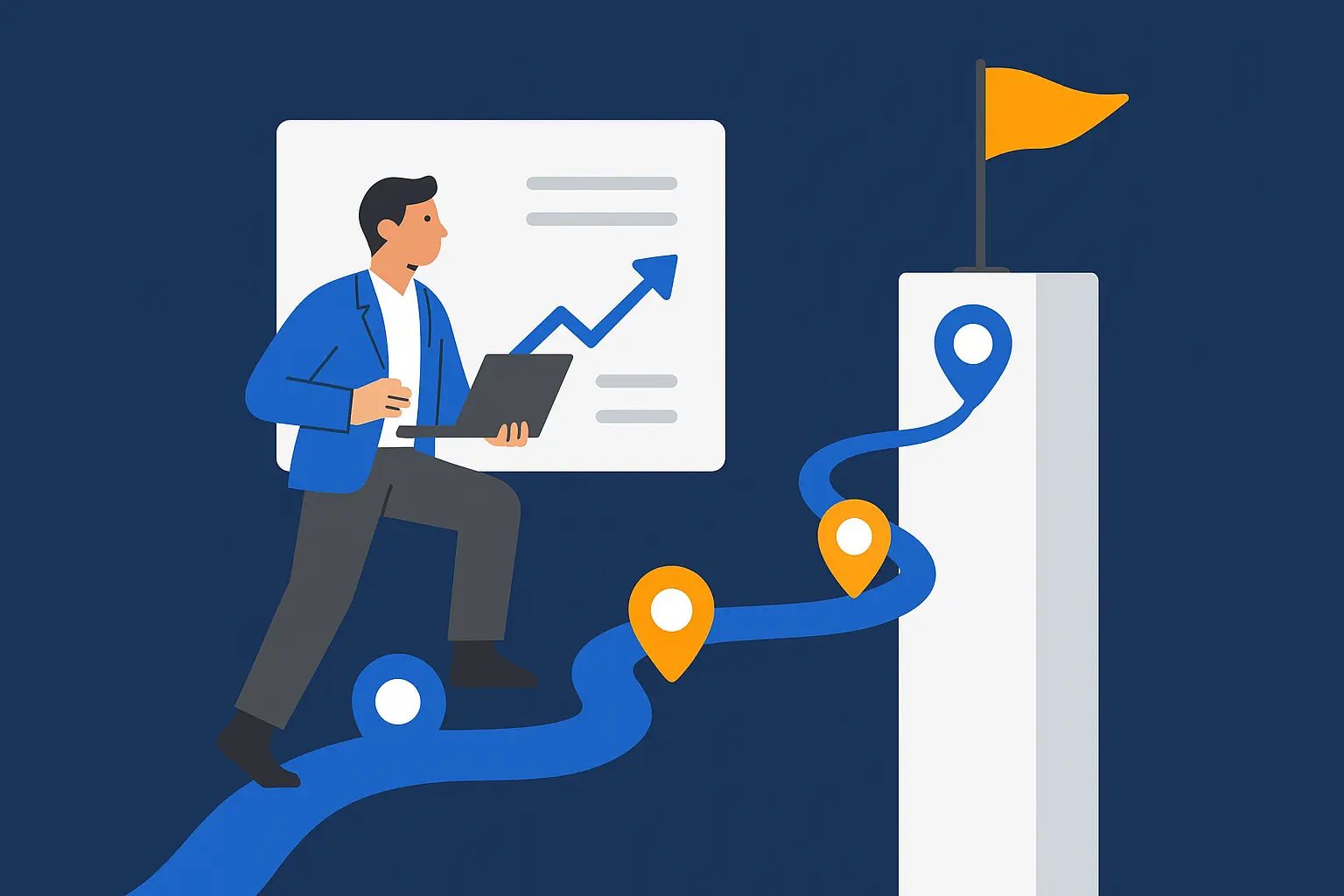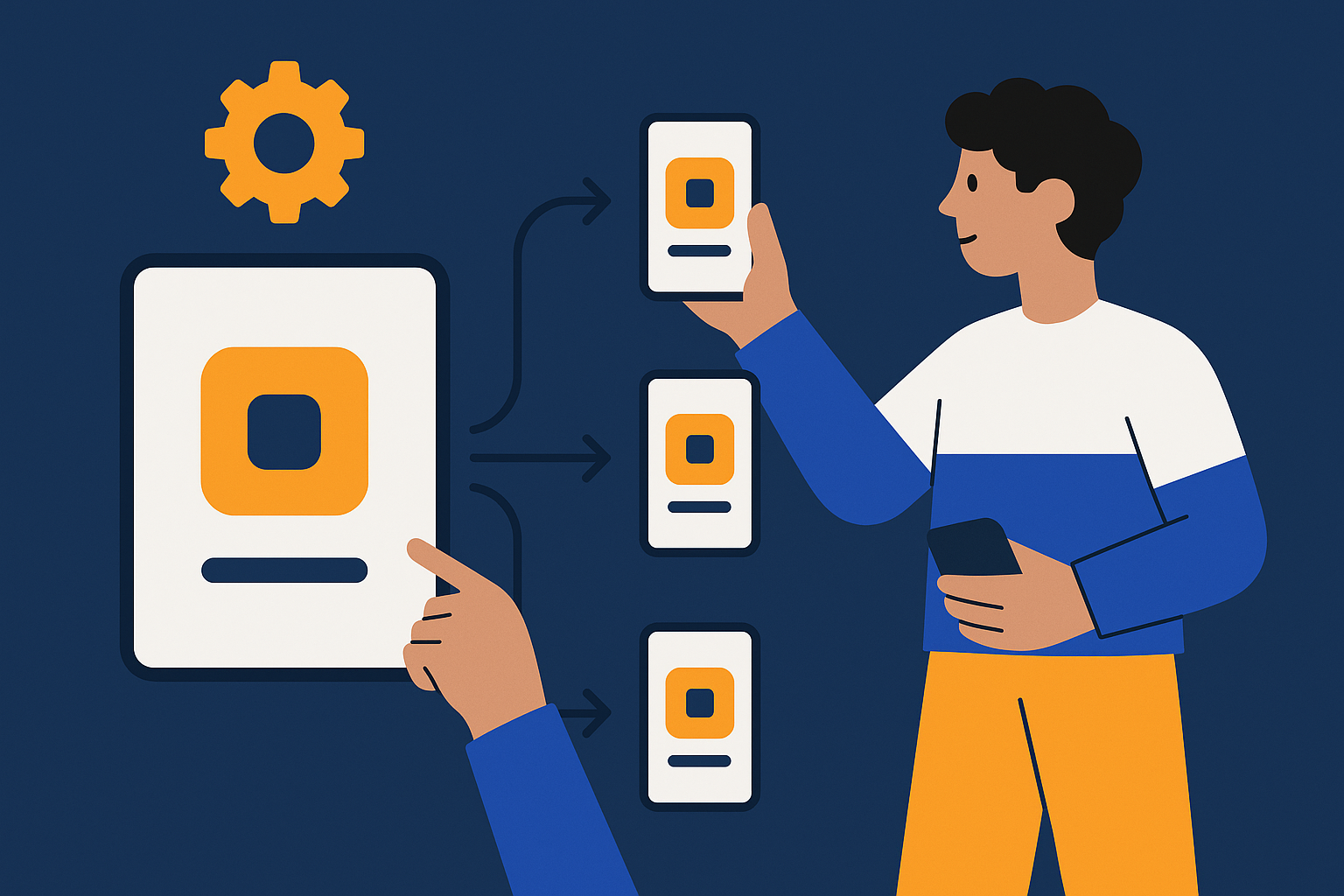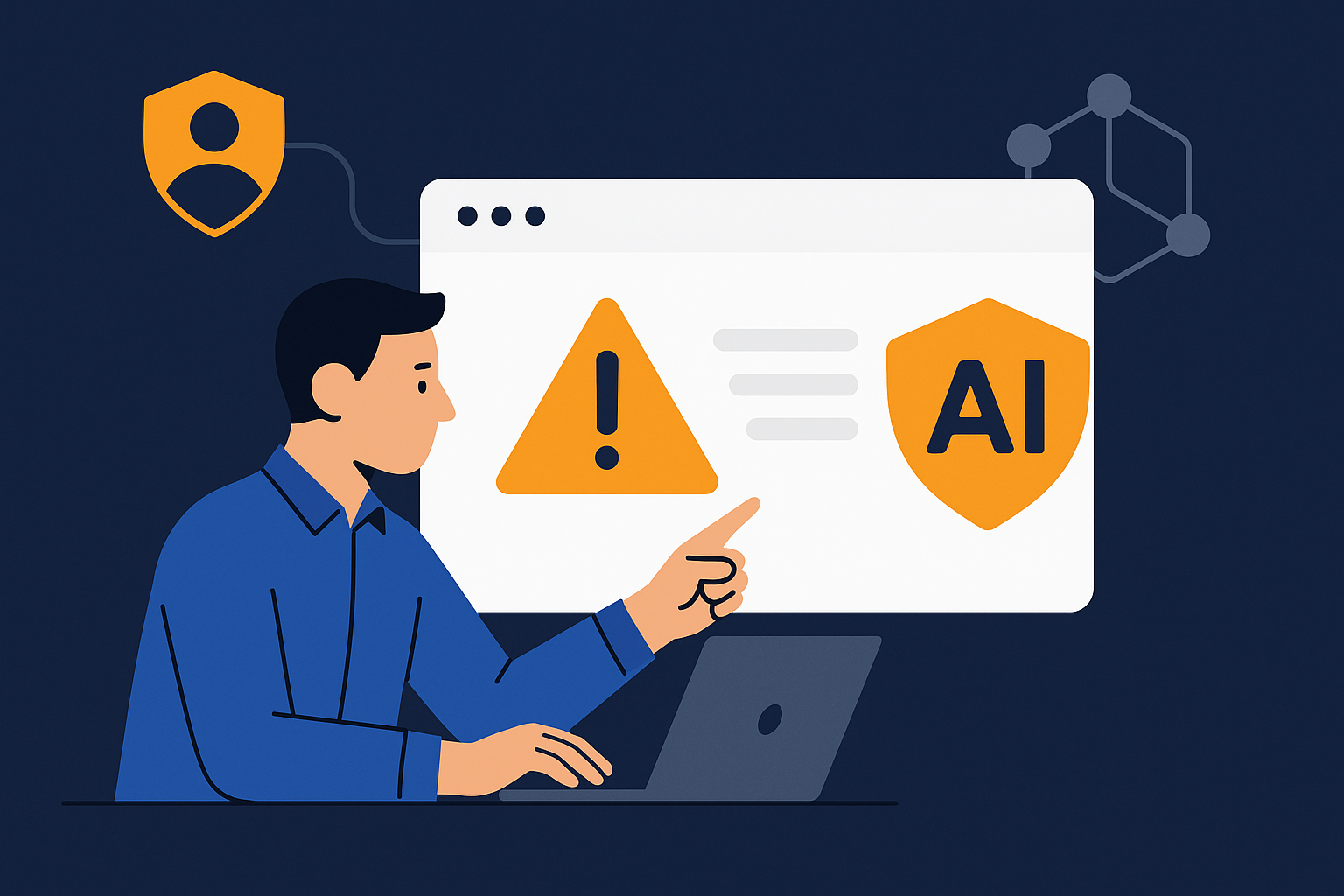Understanding the Importance of Scalable Design
Winning enterprise customers is not about stacking features endlessly—it’s about demonstrating security, reliability, and the ability to integrate seamlessly into existing IT ecosystems. For many digital products, the gap between a strong MVP and true enterprise readiness is where deals slow down or disappear.
At CoreLine, we work with founders, product managers, and technology leaders to cross that gap without losing momentum. This roadmap provides a staged view of what procurement, InfoSec, and IT admins expect, mapped into actionable steps you can build alongside your existing product roadmap.
Whether you’re looking for an experienced custom web app development agency to strengthen your platform, or need MVP development services that anticipate enterprise needs from the beginning, this guide offers a comprehensive framework.
Why enterprise readiness accelerates revenue

Enterprise buyers evaluate risk before they evaluate value. If identity management, auditability, and data governance are unclear, the conversation often ends before pricing is even discussed. A clear readiness roadmap:
- Reduces procurement friction and shortens sales cycles
- Enables enterprise pricing tiers with higher ACV
- Prevents unplanned engineering work during lengthy security reviews
- Builds trust by embedding compliance and governance into the product design
The readiness roadmap at a glance

- Phase 1: Identity & access controls
- Phase 2: Auditability & observability
- Phase 3: Data governance & controls
- Phase 4: Integrations & extensibility
- Phase 5: Reliability, SLOs & SLAs
- Phase 6: Compliance & trust management
- Phase 7: Procurement enablement
Below we break down each phase, with implementation guidance and examples from CoreLine’s experience delivering enterprise-grade applications.
Phase 1: Identity & access controls
Core capabilities
- Single Sign-On (SSO) with SAML 2.0 and OIDC
- SCIM 2.0 for automated user lifecycle management
- Organization model (tenancy) with delegated administration
- Role-based access control (RBAC) with granular permission scopes
- MFA enforcement and session management policies
Implementation tips
- Start with policy-driven RBAC in the domain layer; avoid embedding roles in the UI.
- Treat SCIM as a product: expose a test tenant, sample payloads, and documentation on synced attributes.
- Support both IdP-initiated and SP-initiated flows; provide clear metadata for Okta, Azure AD, and Google Workspace.
CoreLine example
For a fintech analytics platform scaling from mid-market to enterprise, CoreLine introduced a policy engine with attribute-based rules, implemented SAML/OIDC with tenant-specific configs, and delivered SCIM endpoints. IT onboarding time dropped from days to minutes, and InfoSec approval came significantly earlier in the cycle.
Phase 2: Auditability & observability
Core capabilities
- Immutable audit logs for security-critical actions (auth, permission updates, data exports)
- Admin-level activity logs and export options
- Structured logging and distributed tracing with correlation IDs
- SIEM-friendly streaming (JSON, syslog, webhooks)
Implementation tips
- Separate operational logs from audit logs—each serves different audiences.
- Align log retention policies with compliance requirements (e.g., SOC 2, ISO 27001).
- Provide admin-friendly exports to reduce dependence on engineering teams.
CoreLine example
We partnered with a healthcare application to design HIPAA-compliant audit trails, including immutable event storage and SIEM integration. This reduced time-to-contract by addressing InfoSec requirements upfront.
Why you shouldn’t miss this roadmap
- Clear framework for enterprise readiness that accelerates sales cycles
- Practical examples from CoreLine’s work with fintech, healthcare, and SaaS platforms
- Actionable implementation tips that reduce technical debt
- A proven phased approach that can run parallel to ongoing feature delivery
Practical information
- Applicable to: web apps, mobile apps, SaaS platforms, enterprise applications
- Ideal for: founders, product managers, CTOs, and enterprise sales leaders
- Output: staged roadmap, implementation guides, and compliance alignment
Conclusion
Becoming enterprise-ready is not a one-time project—it’s a staged transformation that increases your product’s credibility, value, and resilience. By investing early in identity management, auditability, governance, and compliance, you position your digital product to win larger, more strategic deals.
CoreLine specializes in guiding digital products through this transformation. From MVP development services to full enterprise application readiness, we help teams integrate the right features at the right stage—without losing momentum.
Ready to take your product to enterprise scale? Let’s talk



